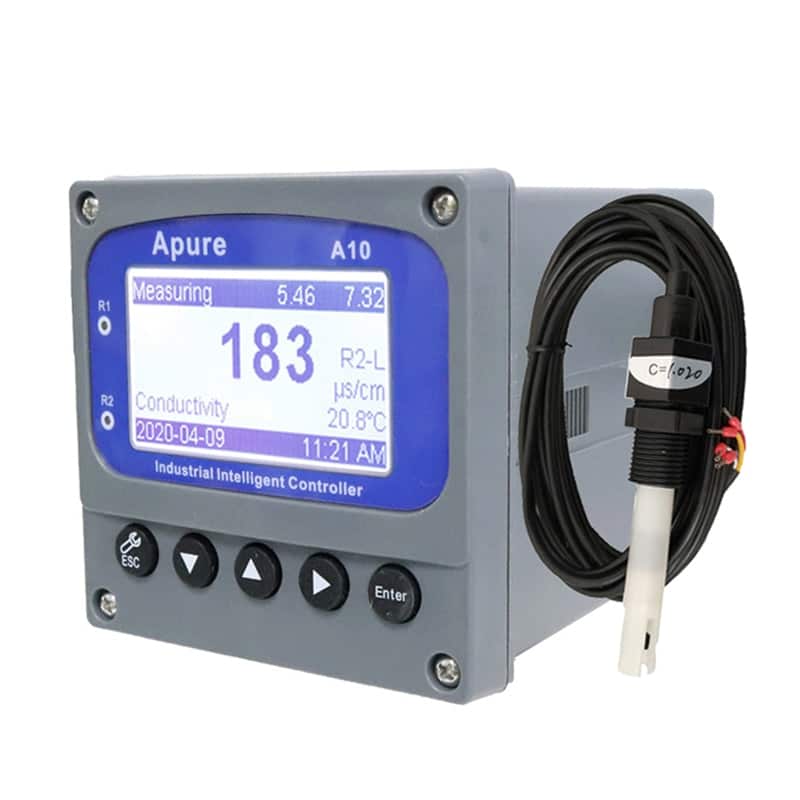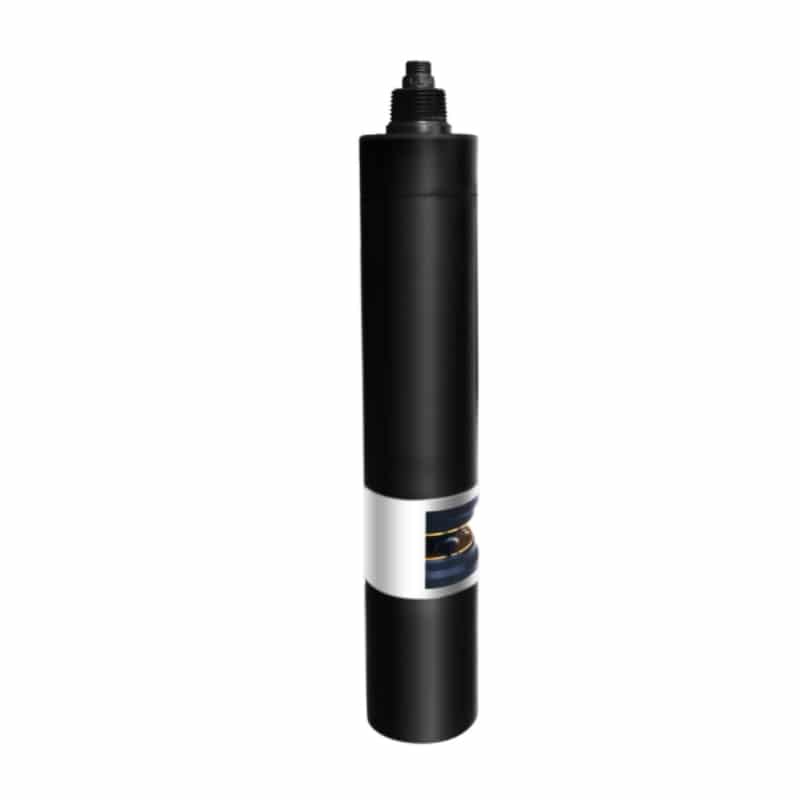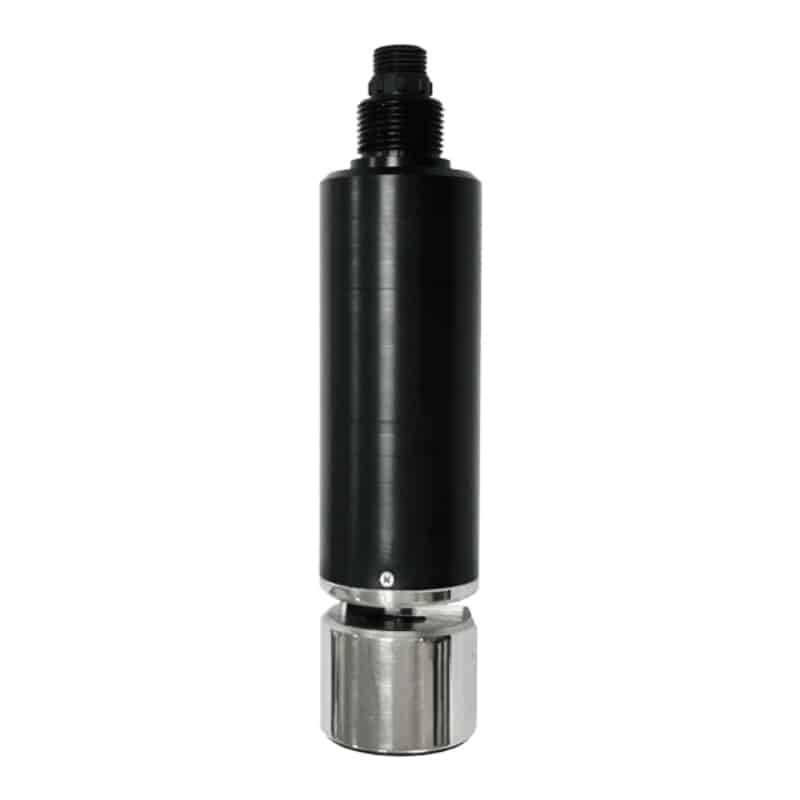Clean water is vital for human life and health. We need water for drinking, bathing and cleaning our houses. You can test the quality of your water by purchasing and using a professional test kit to ensure that your water is free of harmful levels of bacteria, microorganisms, and chemicals, and that it is vital to your health to maintain the proper pH level.
Know Your Water Quality
What is water quality?
Water quality is the overall assessment of the chemical, physical and biological characteristics of a body of water used to characterize the cleanliness and suitability of water. Water quality assessment involves the measurement and analysis of various parameters in water samples to determine whether a water body meets specific quality standards, environmental requirements or the needs of a particular use.
Water quality is usually characterized by the following:
- Chemical water quality: This involves measuring the concentration of various dissolved substances in water, such as inorganic salts (e.g., sulfates, chlorides, nitrates), organic compounds, heavy metals and nutrients (e.g., nitrogen and phosphorus). Chemical water quality assessment helps to understand the extent of pollutants in the water body and whether they exceed the limits set by environmental regulations or water use standards.
- Physical water quality: This includes physical characteristics of the water such as temperature, turbidity, color, conductivity, and acidity (pH). These parameters help to understand the basic characteristics of the water body such as clarity, temperature stratification and impacts on the ecosystem.
- Biological water quality: Biological water quality assessment involves the measurement and analysis of biological communities such as aquatic plants, plankton, benthic organisms and microorganisms in a water body. Biological water quality provides insight into the ecosystem of a water body and reflects the health of the water body.
- Microbiological water quality: This involves the measurement of microbial contamination in a water body, such as bacteria, viruses and parasites. Microbiological water quality assessments are commonly used to determine the suitability of water for drinking or for human contact in order to prevent waterborne diseases.

Why test water quality?
Testing water quality is essential because water is a basic need for humans, plants and animals, and entire ecosystems, and the quality of water has a direct impact on quality of life, health, and environmental sustainability.
- Protecting public health: Contaminants in water, especially microbial contaminants, can transmit waterborne diseases such as cholera, dysentery and malaria. By testing water quality, potential health risks can be detected and addressed at an early stage.
- Environmental protection: Water quality testing helps to monitor the health of natural water bodies such as rivers, lakes and oceans. It can detect pollutants from agricultural, industrial and urban discharges, helping to protect aquatic ecosystems and preserve biodiversity.
- Agriculture and industry: Agricultural and industrial processes require large amounts of water. Testing water quality helps to ensure that water used for irrigation or industrial production does not negatively affect crops, livestock or production processes. In addition, it can reduce the negative environmental impacts of wastewater discharges.
- Water resource management: Testing water quality is key to effective water resource management. Understanding the quality of water bodies can help decision makers determine when to take measures to improve water quality, protect water resources and provide a sustainable water supply.
- Early warning and emergency response: Testing water quality can help monitor changes in water quality and identify potential problems such as pollution incidents, wastewater spills or other emergencies at an early stage. This enables appropriate measures to be taken to respond to and mitigate potential impacts.
When is the right time to test water quality?
- Regular monitoring
- New water source surveys
- Seasonal changes
- Pollution events
- Industrial and agricultural processes
- Environmental studies
- Special Events
- Water Quality Improvement Projects
Quality Of Water Contained In Water
| Water Quality Parameters | Numerical Range |
| PH | 6.5-8.5 |
| Turbidity | < 5 NTU |
| Conductivity | < 800 µS/cm |
| Ammonium | < 0.2 mg/L |
| Nitrate | < 10 mg/L |
| Sulfate | < 250 mg/L |
| Total Dissolved Solids | < 500 mg/L |
| DO | 5 mg/L |
| COD | < 10 mg/L |
| BOD | < 5 mg/L |
| Coliform Bacteria | 0 CFU/100 mL |
| Lead | < 0.015 mg/L |
| Oil and Grease | < 10 mg/L |
| Phosphate | < 0.1 mg/L |
How to test water quality?
PH meter: Used to measure the pH of water to determine acidity or alkalinity. PH meter usually use electrodes to detect the concentration of hydrogen ions in the water.

Turbidity meter: Used to measure the turbidity of water, i.e. the amount and size of suspended matter in the water. Turbidity meters assess the clarity of water by scattering light.

Conductivity meter: Used to measure the conductivity of water to estimate the salt and ion content of the water.

Dissolved oxygen meter: Used to measure the amount of dissolved oxygen in the water, which is essential for the survival of organisms in the water body.

Nitrate tester: Used to measure nitrate levels in water, which is useful for assessing nitrogen pollution.
Redox potentiometer: Used to measure the redox potential in water to understand the redox conditions in water.
Chemical and biochemical oxygen demand tester: Used to measure Chemical Oxygen Demand (COD) in water, It can be used to assess the concentration of organic pollutants and to understand the rate of biodegradation of organic pollutants.


E. coli tester: Used to detect E. coli and other microbial contamination in water, especially health risks in drinking water.
Spectrometer: Used to analyze organic and inorganic compounds in water and can be used to detect specific contaminants.
Ion selective electrodes: Used to measure the concentration of different ions in water, e.g. chlorine ions, iron ions, etc.
What about contaminants in the tested water?
- Physical treatment:
Sedimentation: By adding chemicals (such as iron or aluminum salts) to induce suspended substances to coalesce into large particles and settle to the bottom.
Filtration: Removal of suspended substances and particulate contaminants by filtering materials (e.g. sand, carbon, ceramics, etc.).
Oil-water separation: Used to remove grease and oil from the water, usually by using an oil-water separator or air-floatation equipment. - Chemical treatment:
Oxidation: Chemical oxidizers (e.g. chlorine, ozone, hydrogen peroxide) are used to degrade organic matter.
Sedimentation: Chemical coagulants (e.g., iron or aluminum salts) are added to induce coagulation and precipitation of pollutants.
Neutralization: The use of chemicals (e.g., alkalis) to neutralize acidity or alkalinity in water.
Ion exchange: Removal of ionic contaminants in water, such as calcium and magnesium in hard water, by means of ion exchange resins. - Advanced Treatment:
Reverse osmosis: Uses high pressure to force water through a semi-permeable membrane to remove ions, organics and microorganisms.
Ultraviolet Disinfection: Uses ultraviolet radiation to kill microorganisms in water, especially commonly used in drinking water treatment.
Ozone treatment: Uses ozone to oxidize organic and inorganic contaminants. - Thermal treatment:
Evaporation: Concentrates dissolved substances by evaporating water, often used to treat water containing salts.
Distillation: Evaporation and recondensation of water into pure water, suitable for removal of most contaminants. - Adsorption:
Activated carbon adsorption: Uses activated carbon to adsorb organic contaminants such as dissolved organic compounds and odors.
Adsorption Resin: Adsorption resin is used to remove ionic contaminants such as fluoride and nitrates. - Ultrafiltration and microfiltration: Use of microporous membranes or membrane filtration to remove minute particles and microorganisms.
Summary
Clean water is not only the backbone of life, but also a key factor for health, food safety, economic prosperity and ecological balance. With over 16 years of instrumentation experience, Apure has grown to become a leading instrumentation manufacturer in China and a one-stop store for customers worldwide. We offer flow meters, level measurement, pressure measurement and temperature measurement. Please feel free to contact us.
